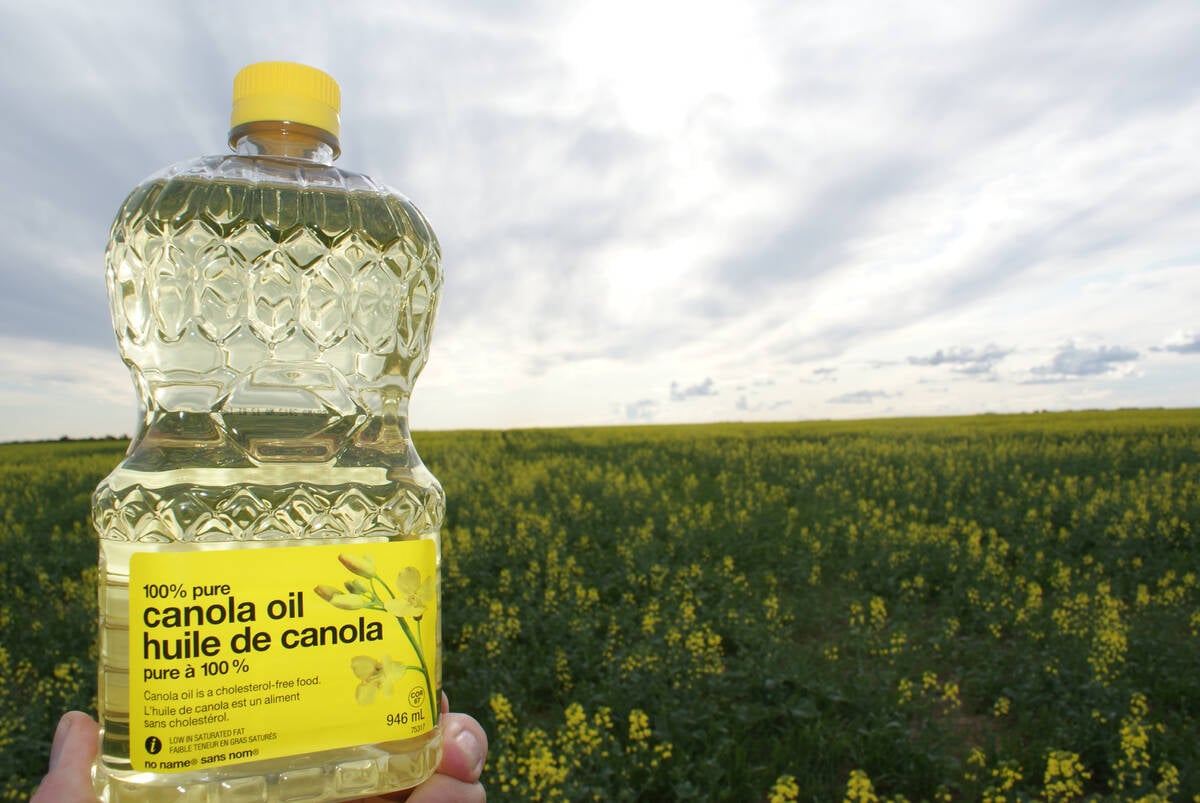This cattle market information is selected from the weekly report from Canfax, a division of the Canadian Cattlemen’s Association. More market information, analysis and statistics are available by becoming a Canfax subscriber by calling 403-275-5110 or at www.canfax.ca.
Fed price slips lower
After averaging more than $160 per hundredweight for the previous eight weeks, fed prices last week took a step back, closing more than $5 per cwt. lower in light to moderate trade. Dressed sales ranged from $263-$266 per cwt. delivered. All three western Canadian packers procured cattle, with most scheduled for delivery the week of Aug. 2.
Read Also

Rising vegetable oil demand may offset bad biofuel news
Global biodiesel/renewable diesel production is expected to decline for the first time in a decade. Bad timing for a canola industry looking for new markets.
Alberta fed basis levels have narrowed over the past four weeks, going from a $18-$19 per cwt. premium to the Nebraska market to roughly a $2 per cwt. premium last week. Over the past 10 weeks, Alberta fed prices have averaged close to a $15 per cwt. premium to the Nebraska market.
Given historically strong basis levels, it’s no surprise that Canadian fed exports to the United States have slowed to a crawl. Based on U.S. Department of Agriculture fed cattle import data, imports of Canadian fed cattle for the week ending June 27 totalled 2,764 head compared to 5,453 head last year.
In Ontario, sales were reported at $270 per cwt. delivered, fully steady with the previous week.
Last week saw a good mix of calves and yearlings marketed. Ontario fed prices shifted to a premium to the Alberta market for the first time this year.
In the U.S., trade was scattered. Live sales in Texas and Kansas were reported from US$120-$122 per cwt., steady to $2 per cwt. lower than the previous week. Sales in Nebraska ranged from $122-$126 per cwt., and mostly at $125, which was 75 cents per cwt. lower than the previous week’s weighted average price.
Steer carcass weights averaged 879 pounds, the smallest since August 2019. Steer weights were 17 lb. smaller than last year but 14 lb. larger than the five-year average.
For the week ending June 19, U.S. beef cow slaughter totalled 75,000 head, the largest weekly slaughter reported this year.
Cull cow prices drop
Cull cow prices were under pressure last week while cull bull prices were mostly steady. Although D2 cow prices were off by more than $6 per cwt. from the previous week, averaging $96.10, they remained $12 per cwt. above the same week in 2019. D3s last week averaged $85.60 and slaughter bulls averaged $117.86 per cwt.
Cow volumes through auction remain high given dry conditions, and the strong prices encouraged marketing. Western cow slaughter two weeks ago dropped by 1,000 cows compared to the previous week but remained elevated for this time of year.
Packers typically focus on higher fed kills in the summer, so demand was limited on cows.
Heat slows feeder action
In the feeder market, extreme heat and the Canada Day holiday slowed movement. Auction volumes are likely near their annual low and there was little electronic trade. Dryness and drought concerns are rising and in some cases access to water is a challenge.
A large portion of last week’s auction volumes were cows. There was moderate demand for calves and prices were mixed. Steer calves were under pressure while heifer prices strengthened.
Good demand was noted for yearlings that were being pulled off grass early. Many producers are making plans to move yearlings sooner than later, given lack of grass or to maintain grass for the cow herd.
Calf and feeder prices continue to maintain a premium to the United States and the latest export data showed a drop in feeders moving south.
Cow-calf pairs continue to come to town. Prices are mixed depending on quality and age of calves, but average quality pairs were still trading on either side of $2,000 per head.
Strong demand for yearlings makes the selling decision a bit easier for producers who have to move animals ahead of schedule. Live cattle futures for early 2022 hit new contract highs again last week, which were supportive to the feeder market.
Feedgrain continues to be a wild card. Calf prices could struggle while the yearling market should continue to see reasonable demand.
Cutouts plunge
In U.S. beef trade, Choice and Select cut-out values dropped by US$19.77 and $9.21 per cwt., respectively. Choice averaged $287.65 and Select averaged $266.93 per cwt. Choice cut-out values closed lower for 16 consecutive trading days, dropping $51 over that time.














